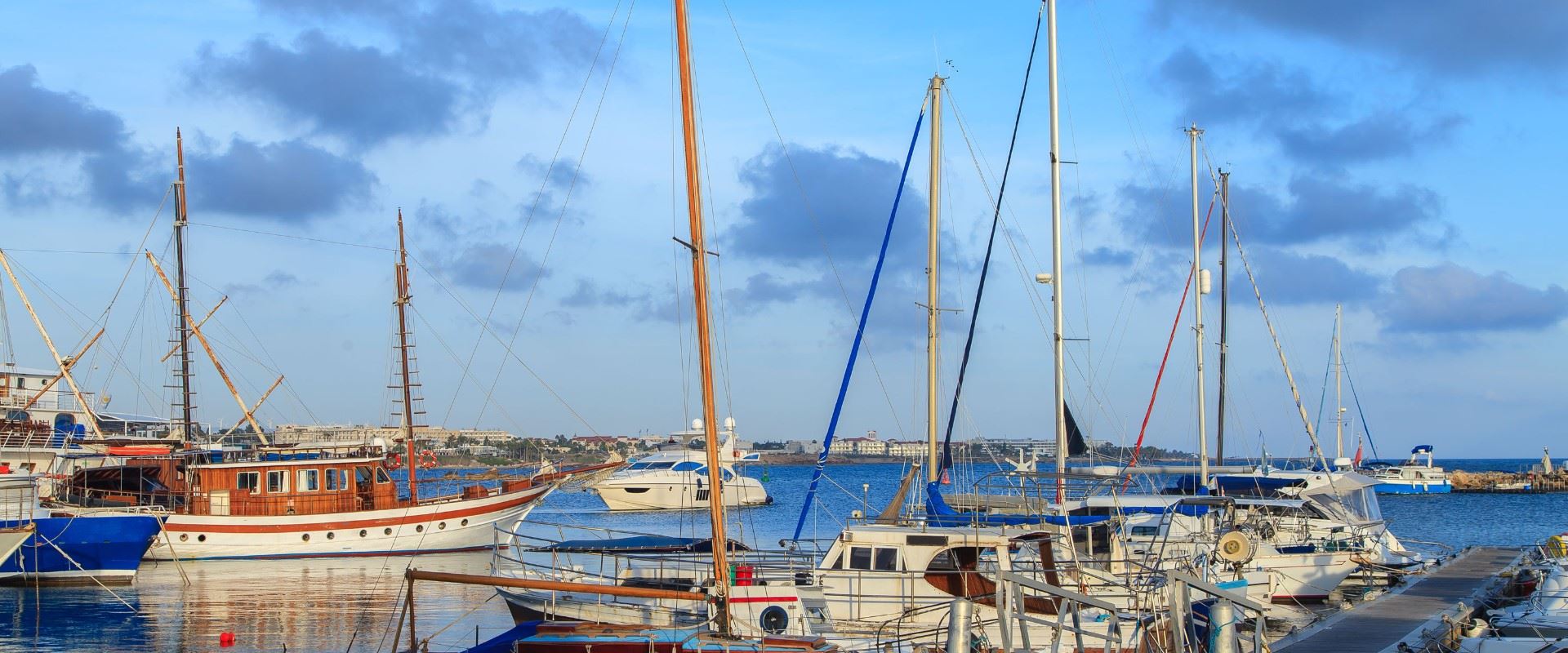Even for those of our clients who have been to Cyprus many times there are always excursions that will add to the appreciation of what the island has to offer.
Our representatives will be able to book these for you locally. Some are only available in particular villages where an old lady will demonstrate how to make ‘Halloumi’, the traditional Cyprus cheese or ‘Soujouko’ a mixture of almonds and walnuts covered with layers of crystallised grape juice.
There are coach excursions from both the Paphos and Limassol areas to the mountain villages and monasteries and also to the interesting village of Lefkara and the much underrated capital Nicosia. Those who know Cyprus well will tell youthat it is the very heavily forested mountains and their villages which give the true flavour of the island. Cyprus has one of the most respected forestry departments in the Eastern Mediterranean and the Middle East.
Many of our clients hire a car and explore the island on their own, but sometimes it is interesting to have a guide take you through the history and places which have created the modern Cyprus.
Experience the history and local customs of Paphos by joining a free 2.5-hour walking tour departing from the market bus stop. Led by a qualified guide, this insightful tour takes you through traditional markets, Asia Sofia's Mosque, Khan of Imbrahim, and other landmarks. You'll get to explore Paphos' old electricity power plant, Atticon cultural centre, Markideio theatre, the Town hall square, and beautiful neoclassical architecture. The tour includes a 30-minute coffee break halfway through. By the end, you'll have a deeper understanding of Paphos' rich cultural heritage and layout. Our representative highly recommends this free walking tour as a memorable way to begin your time in Paphos and gain context for the rest of your stay.
There are also some excursions by Landrover organised by very environmentally conscious operators that will take you to mountain areas and river valleys that cannot easily be reached by normal excursions. These, often geologically themed, trips are extremely interesting and will show a side of the island than no amount of individual exploring can provide.









